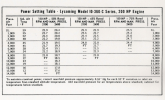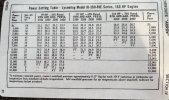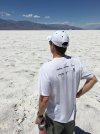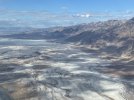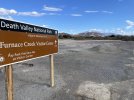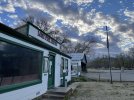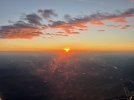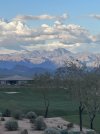- Joined
- Mar 4, 2007
- Messages
- 277
- Display Name
Display name:
Don
I’ll be taking a trip from KHWD to Scottsdale in a rental Arrow II (‘76, FWIW) I’ve taken it on two trips to truckee, but don’t have a feel for what I should use for ”real world” airspeed/fuel burn planning. The POH numbers seem- optimistic.

